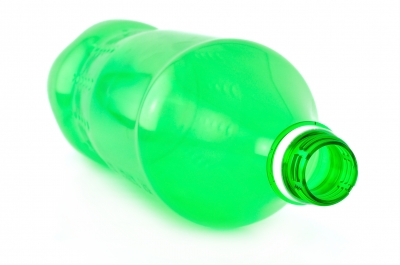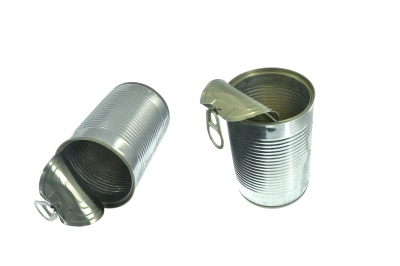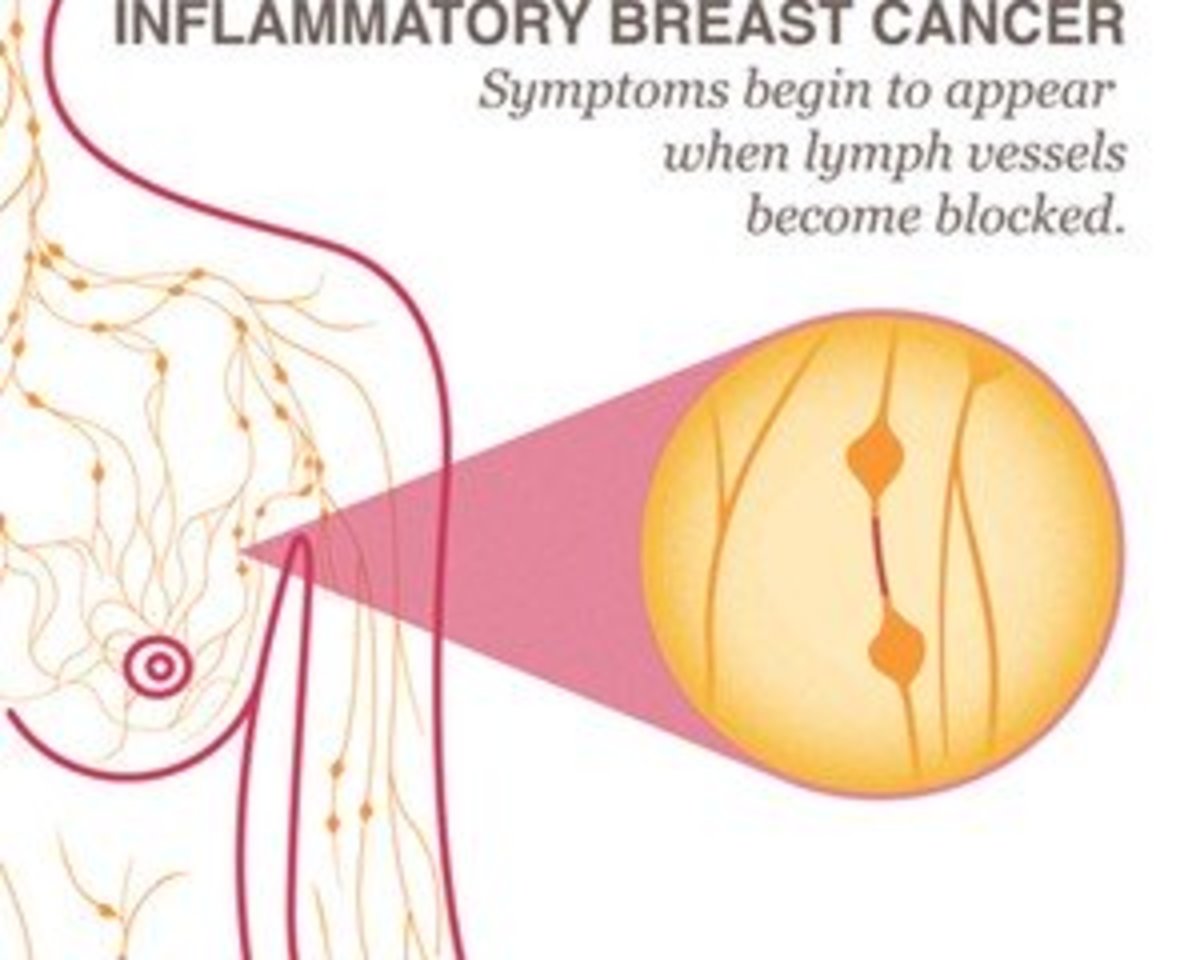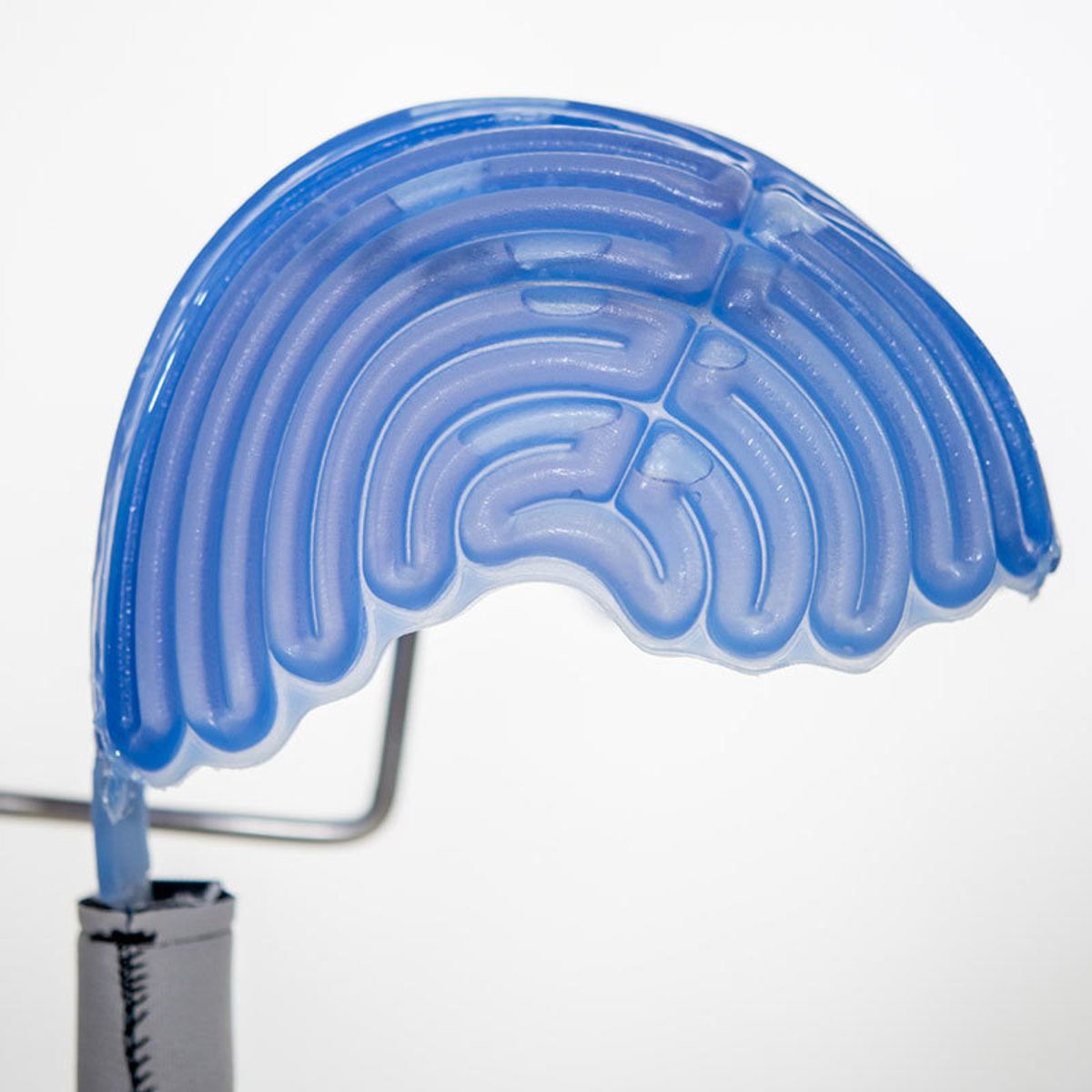Breast Cancer Risk Increases with Bisphenol A (BPA) Exposure

Copyright 2011 to present
There are a number of lifestyle and environmental factors that are being looked at as contributing to breast cancer and other diseases.
In recent years, Bisphenol A (BPA) has been identified as a chemical that acts as an endocrine disruptor and research as linked it to an increased cancer risk, including breast cancer. BPA has also been linked to heart disease, reproductive problems, neurological disorders, obesity, and thyroid problems.
Scientists are finding that our daily exposure is more common than in originally thought. It is not just from plastic water bottles and exposure is starting at a much earlier age than anyone could have imagined. And recently, examination of breast cancer tumors shows concentrated amounts of BPA in biopsied tumor tissue.
Based on studies from the Centers for Disease Control (CDC), it's estimated that approximately 93% of Americans have detectable levels of BPA in their bodies. Further analysis has shown that children have much higher concentrations than adults. Thus, there is an increased concern about the long term affects of BPA exposure in kids.
Bisphenol A is found in containers used for food and drinks
BPA commonly leaches from plastics. While it's not found in all plastics, it's in many plastics that are used for food and beverages.
It first came under fire for leaching out of water bottles.

BPA in plastics
BPA first became noticed in plastics. It's been predominantly found in recyclable plastics labeled #7 and it has been shown to leach out from these plastics into food and water over time. Plastic #7 is a harder plastic.
And while recycle plastics coded as # 1, 2, 4, 5, and 6 are very unlikely to contain BPA in the plastic itself, food and drinks in these plastics, as well as water bottled into glass, may still contain BPA if they were bottled or processed using plastics like PVC piping or tubing.
BPA has an estrogen-like activity. In a recent study, such hormone-like activity was detectable in 12 out of 20 brands of bottled mineral water that was tested.
With Americans drinking on average 108 liters of bottled water each year this may be just one of several daily habits that has increased the BPA levels in our bodies.

Bisphenol A found in some canned foods
BPA has also been recently found in canned foods. It's the enamel lining of cans that contains BPA and it's believed to leach out of the lining over time.
Consumer Reports recently did a test on 19-name brand canned foods. All 19 foods were found to contain BPA. The study also noted that detectable levels BPA was in cans that were labeled "BPA-free". Again, one can imagine that this is most like due to the plastics used in the processing of those foods (prior to the food ever reaching the can).
A recent study published in The Journal of the American Medical Association (JAMA), it was found that the study participants that ate canned soup once a day for five days had over 1000% higher levels of BPA in their system at the end of the five days compared to those that ate freshly made soup once a day for those five days.
Just five days and five cans of soup to cause a 1000+ percent increase in BPA levels! That's scary...
And while this JAMA study focused on canned foods, one should always keep in mind that most processed and packaged food, usually contain epoxy or plastics that have the strong potential to leach BPA into your food. And even if the linings don't contain BPA, the chemical can come from some other earlier aspect of processing.
Unborn babies exposed to high levels of BPA
Recent legislation here in the U.S. has banned baby bottles that are made from hard plastics that can leach BPA. However, studies are showing that unborn babies are still being exposed to high levels of BPA - even prior to birth. BPA can cross the placental barrier from mother to child. Even breastfed babies can be exposed to BPA as it passes from mother to child.
Exposure to consistent high levels of BPA can have very long-term affects, well into adulthood - increasing the risk for neurological problems, childhood (and adult) cancers and a number of other health issues.
Reduce your exposure to reduce your cancer risk
While we can't completely eliminate all exposure to BPA, there are several simple steps that can be taken to significantly reduce our BPA intake levels that can in turn reduce cancer risk.
1. Significantly reduce drinking bottled water when possible - especially refrain from the use of hard plastic water bottles. Stainless steel bottles are better choices (be sure they are not epoxy coated on the inside)
2. Eliminate storing and reheating foods in plastic containers. Use glass or Corning Ware containers.
3. Choose fresh, whole foods over packaged foods as much as possible.
BPA exposure through other sources
Contact with BPA and potential absorption by the body may also happen through handling cash register receipts.
A study conducted by the Environmental Working Group (EWG) has found that two-fifths of the paper cash register receipts tested were on heat-activated paper that was between 0.8 to 3 percent pure BPA by weight. BPA is used as a coating on these receipts.
EWG used wipe tests to see how easily BPA could be transferred off the receipts. They found that BPA would likely stick to the skin of anyone who handled them.








